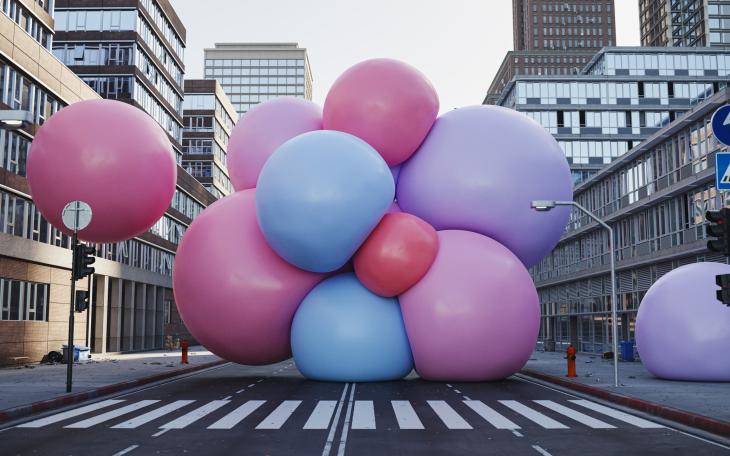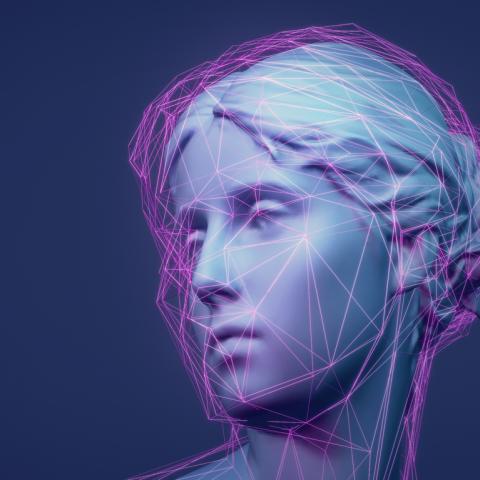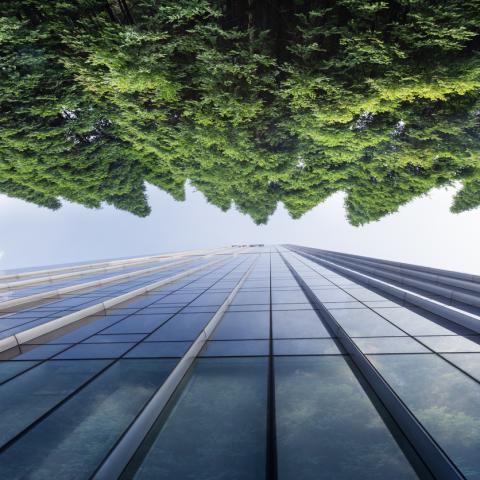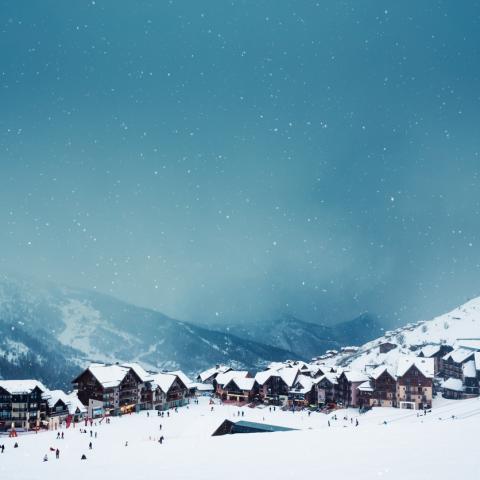The growth of the CGI campaign

Brands have always been keen to present themselves alongside historical icons and landmarks.
Projecting videos onto famous buildings became all the rage in the 1990s when Gail Porter’s naked image was projected onto Parliament via lads-mag FHM.
The trend was picked up during Brexit, with activist group Led By Donkeys adopting a similar approach of projection, including onto the white cliffs of Dover.
But, with the rise and rise of AI, there has been significant shift towards a new tool in the marketing director’s arsenal – CGI.
Previously an expensive tool of the movie industry, CGI has become more affordable, to the point that some of the most creative, eye-catching and imaginative PR campaigns of the past year have used it without breaking the bank.
Makeup brand Maybelline took social media by a storm last year, adding mascara wands to London Underground tunnels, along with large lashes on the front of the trains to promote its new Sky-High Mascara.
Luxury designer brand Jacquemus posted an eight second clip of giant Bambino bags travelling around Paris earlier this year, driving a mass of attention amongst viewers debating if these car-sized bags were in fact real or not.
In more recent instances, Made.com collaborated with Transport for London to showcase its latest designs by using CGI technology to swap out the patterned seats for luxurious sofas.
The approach doesn’t always hit the mark though, as Netflix found out with the launch of its brand-new show, Griselda, a biographical crime drama based on a Miami drug lord.
Perhaps in haste, Netflix created a snorting truck which was ‘seen’ driving through Paris earlier this year, leading to a swift backlash that saw the video taken down and apologies issued.
Overall though, the use of CGI appears to be hitting the mark, and we can expect more brands to follow these trends.
These stunts can cloud the perception between reality and fiction, test brand authenticity in a world where AI is at the forefront, and occasionally discredits the creator in order to be portrayed as real.
But they also give brands the opportunity to escalate creativity without budget or other limitations getting in the way.
In the past, pulling off campaigns at the scale of these stunts would take a vast amount of time and may not even be manageable.
But using CGI technology can assist brands to create miraculous campaigns by making the impossible happen.
For example, high street brand JD Sports teamed up with The North Face to ‘dress’ Big Ben up in one of its statement puffer jackets, which of course wouldn’t be achievable, but still made for a great picture.








